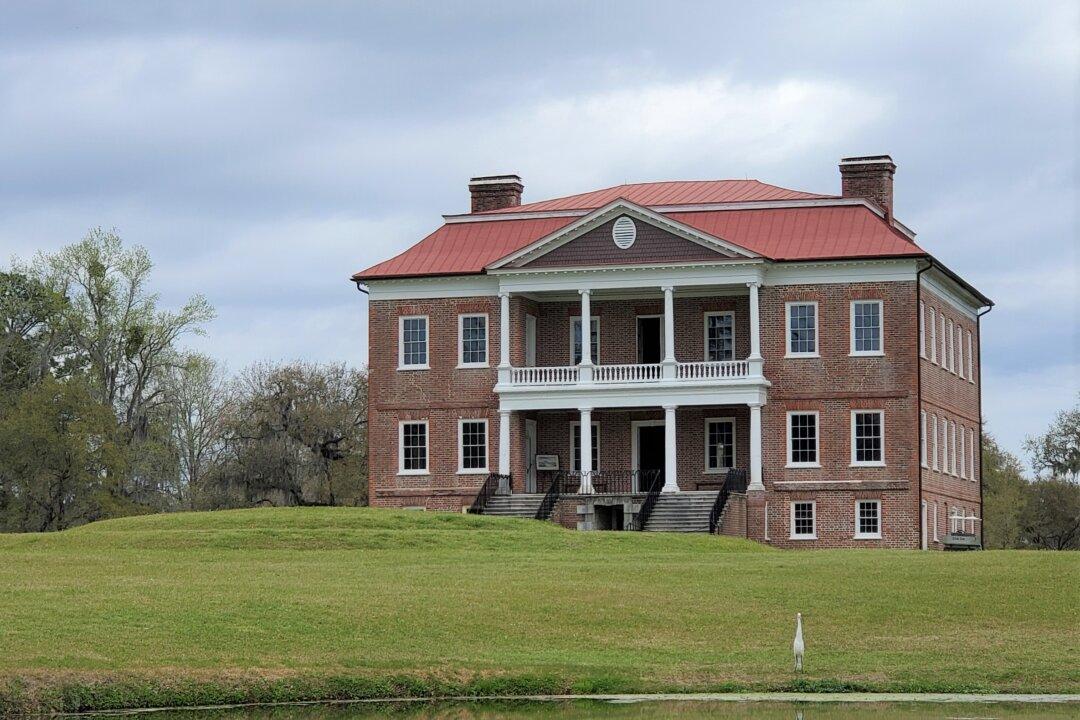In this series, master woodworker Brent Hull will introduce readers to the different architectural styles that were popularized throughout American history, explaining their significance and unique design features.
In the early 1920s, two men of great wealth were investing their time and money into large restoration and preservation projects. These two men, H. F. DuPont and John D. Rockefeller Jr., both heirs to great fortunes, felt a nostalgic and patriotic pull to the architecture and ideals of colonial America.

